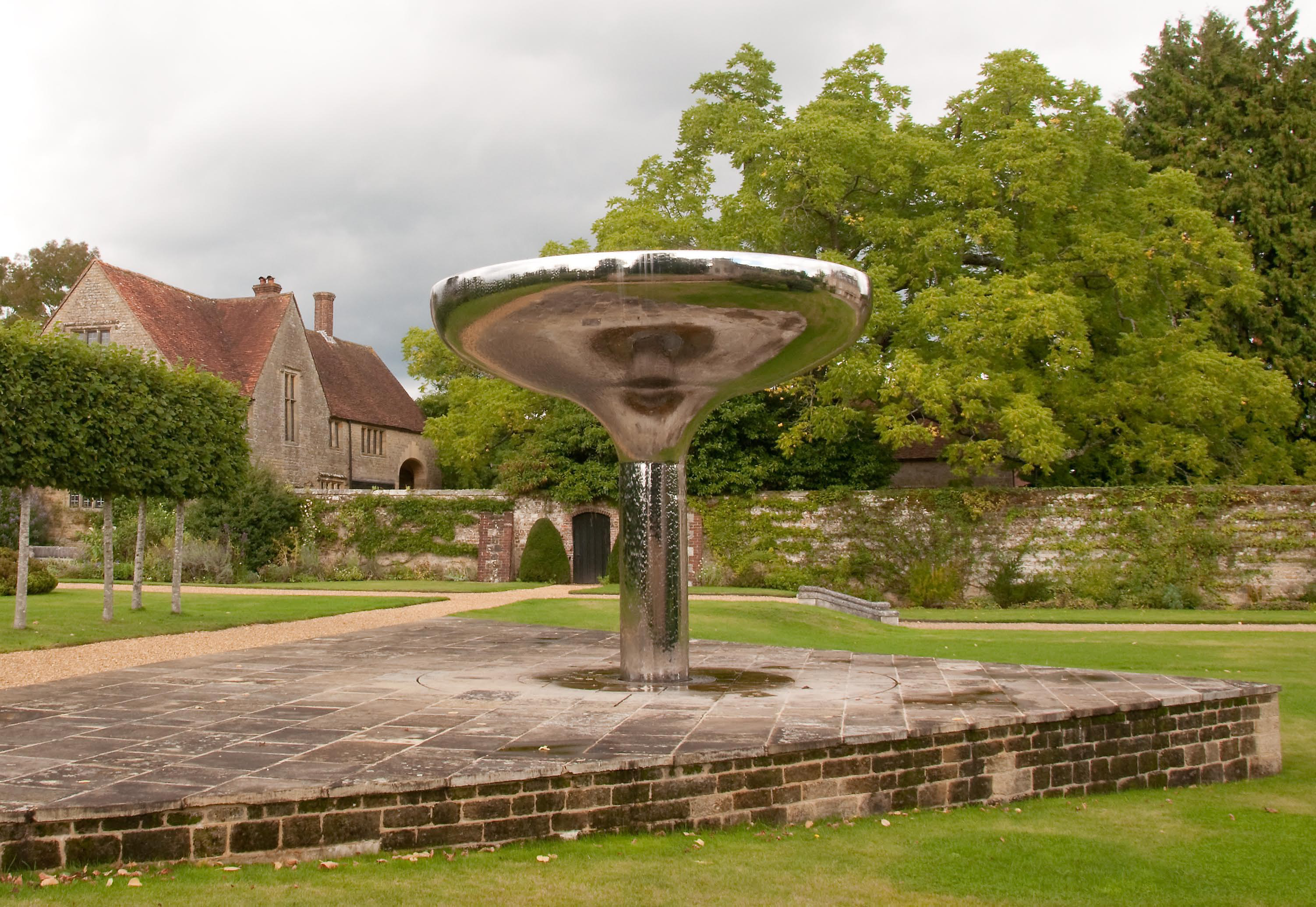Woolbeding House on:
[Wikipedia]
[Google]
[Amazon]
Woolbeding House is an 18th-century country house in Woolbeding, near Midhurst, West Sussex, England. It is a
 A feature in the gardens is the Cedra fountain by the artist Walter Pye, which stands on the spot once occupied by a venerable cedar tree. The gardens have been open to the public since 2010.
A feature in the gardens is the Cedra fountain by the artist Walter Pye, which stands on the spot once occupied by a venerable cedar tree. The gardens have been open to the public since 2010.
Grade I listed building
In the United Kingdom, a listed building is a structure of particular architectural or historic interest deserving of special protection. Such buildings are placed on one of the four statutory lists maintained by Historic England in England, Hi ...
.
It was probably built by Sir Richard Mill, 5th Baronet
Sir Richard Mill, 5th Baronet (c. 1689 – 16 May 1760) of Woolbeding House, Sussex was a British landowner and politician who sat in the House of Commons between 1721 and 1747.
Biography
Mill was the second son of Sir John Mill, 3rd Baronet o ...
between 1711 and 1760 and was originally of a quadrangular plan with an open courtyard in the middle. The courtyard was later roofed over. The house is built of coursed Hythe sandstone in 2 storeys with an attic and has a 7-bay south-facing frontage with 5 hipped dormers.
History
The manor of Woolbeding belonged to William Aylyng in 1567 and passed by marriage to the Grey family. The Greys owned the manor until Margaret Grey married Sir John Mill in 1652. It then passed down in the Mill family until 1791, the manor house having been remodelled by Sir Richard Mill in the meantime. In 1791 the Rev. Sir Charles Mill, 8th Baronet sold the house and estate toLord Robert Spencer
Lord Robert Spencer (8 May 1747 – 23 June 1831) was a British politician who sat in the House of Commons several times between 1768 and 1818.
Early life
Spencer was born on 8 May 1747. He was the son of Charles Spencer, 3rd Duke of Marlboroug ...
, the youngest son of Charles Spencer, 3rd Duke of Marlborough
Charles Spencer, 3rd Duke of Marlborough, (22 November 170620 October 1758), styled as The Honourable Charles Spencer between 1706 and 1729 and as the Earl of Sunderland between 1729 and 1733, was a British Army officer, politician and peer wh ...
, who immediately made a number of alterations to the house, including the roofing over of the central courtyard. The house then descended in the Spencer family via his stepdaughter Diana Bouverie to her daughter, who bequeathed it to the Lascelles family. They in turn made it over in the late 1940s to the National Trust
The National Trust () is a heritage and nature conservation charity and membership organisation in England, Wales and Northern Ireland.
The Trust was founded in 1895 by Octavia Hill, Sir Robert Hunter and Hardwicke Rawnsley to "promote the ...
, who leased it to businessman, philanthropist and art collector Simon Sainsbury until his death in 2006. His partner Stewart Grimshaw remained in occupation afterwards.
 A feature in the gardens is the Cedra fountain by the artist Walter Pye, which stands on the spot once occupied by a venerable cedar tree. The gardens have been open to the public since 2010.
A feature in the gardens is the Cedra fountain by the artist Walter Pye, which stands on the spot once occupied by a venerable cedar tree. The gardens have been open to the public since 2010.
Woolbeding Gardens
Over the past five decades Simon Sainsbury and his partner Stewart Grimshaw collaborated with renowned designers such asLanning Roper
Lanning Roper (4 February 1912 – 22 March 1983) was an American landscape architect and writer who studied and lived in England.
Early life and education
He was born in West Orange, New Jersey, the son of Willet Crosby Roper (1877–1966), a ...
, Julian and Isabel Bannerman
Isabel Bannerman (born 14 March 1962) is a British garden designer and writer, known for her work in restoring historical gardens and creating new ones. Her portfolio features award-winning projects, including the gardens at Highgrove House, the pr ...
, Philip Jebb, and more recently, Thomas Heatherwick
Thomas Alexander Heatherwick, (born 17 February 1970) is an English designer and the founder of London-based design practice Heatherwick Studio. He works with a team of more than 200 architects, designers and entrepreneurs from his studio in ...
to transform Woolbeding Gardens into the vibrant horticultural paradise it is today, now open to the public.
Visitors are greeted by the Entrance Garden, a beautifully transformed area that was once the old farmyard. Julian and Isabel Bannerman redesigned this space to feature a dry garden with formal water pools, surrounded by informal perennials and olive trees. The Bannermans also developed the Pleasure Grounds area as well as The Long Walk; a circular route which features delightful follies that lure visitors around the garden.
The Glasshouse and Silk Route Garden was designed by Heatherwick Studio for Woolbeding Charity, supported by the National Trust. The ten-sided kinetic glasshouse and landscaped garden zones showcase plants, shrubs and trees that represent the key regions of the Silk Route.
References
{{reflist Grade I listed buildings in West Sussex Country houses in West Sussex